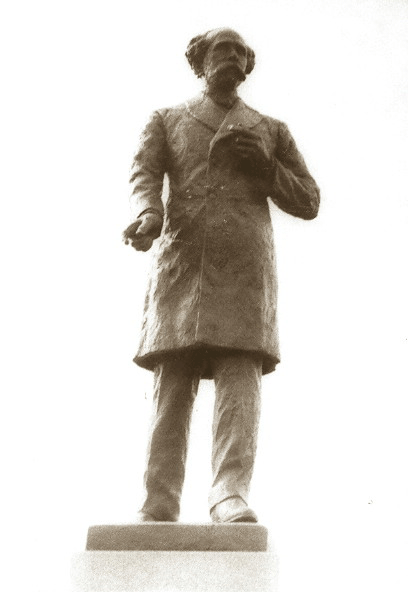During Horace Capron’s time in Laurel as head of the Patuxent Manufacturing Company, Laurel experienced a period of major growth. He expanded the cotton factory and employed up to 700 workers—many of them women. He was a partner in the creation of the Avondale Mill, just downstream from the Patuxent Factory, and the Laurel Machine Company on Main Street. He also built homes for the workers.
He and his wife Louisa helped build St. Philips Episcopal Church, and he contributed to the creation of St. Mary of the Mills, and the Methodist Church.
He set the tone for the community. And, at a time when there was no public education in Maryland, and the few existing schools required fees, he provided a free education for his workers’ children.
[Col. Capron] has erected 50 blocks of two story stone and brick houses ….To each there is attached a vegetable garden in the rear, with a beautiful yard in front, tastefully laid out in parterres of choice flowers….Col. Capron has erected a school house..here the children receive their education gratuitously.” American Farmer, July 1848.
His influence included settling all disputes, and having complete oversight over his tenants—including their ability to easily imbibe!
“As the whole population were tenants at will, for what tenements within a circuit of a mile or more did not belong to me individually belonged to the Corporation…there was not a grog shop or place for the sale of spirituous liquors permitted which may account for the generally orderly character of the village.” HC Autobiography p. 68.
|
1845 ledger page from the Patuxent Manufacturing Company showing Horace Capron signature (near bottom.) The ledger was found in a wall cupboard in the 1970's during a repair in the building that is now the Laurel Museum. |
|
|
